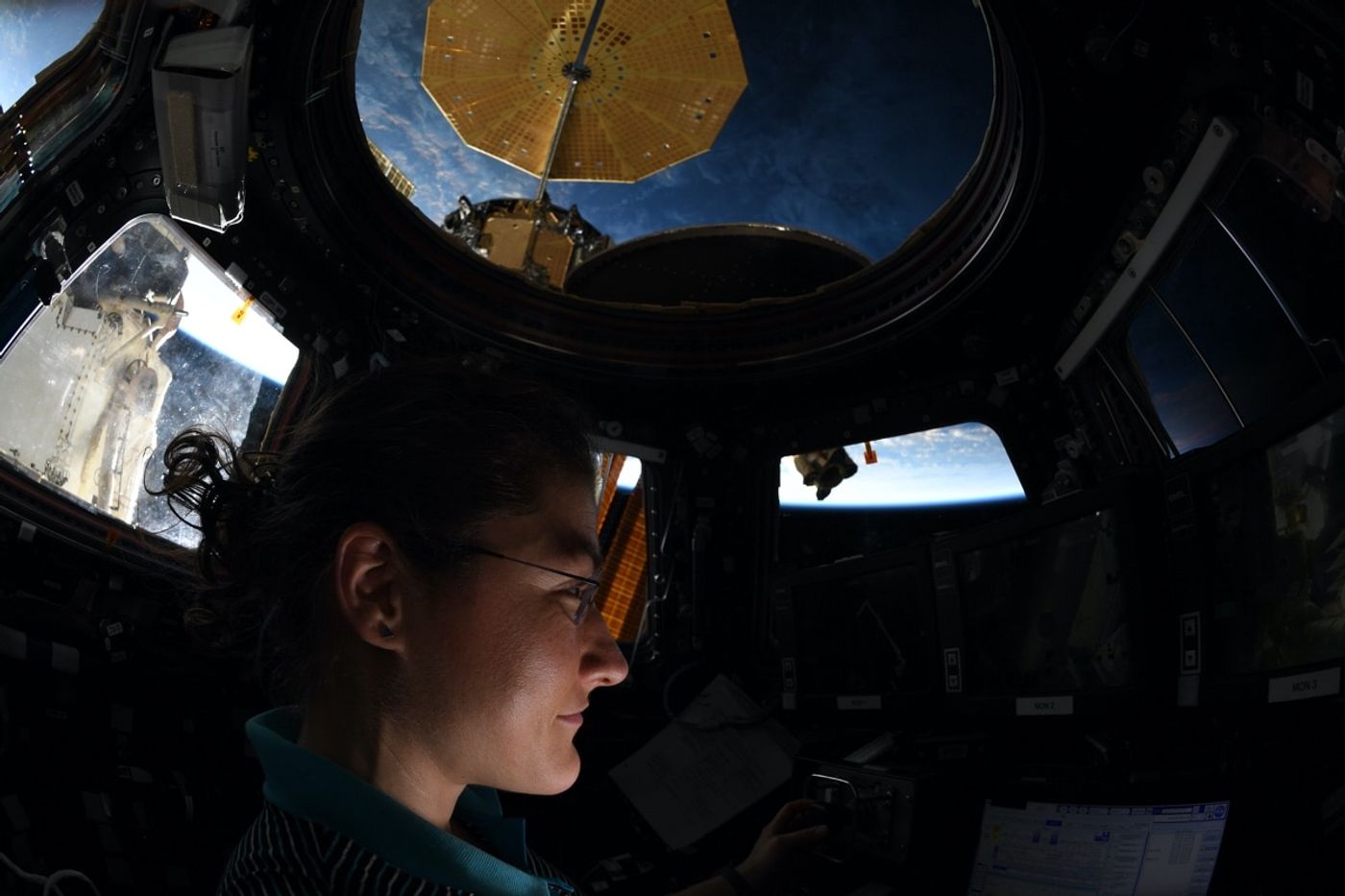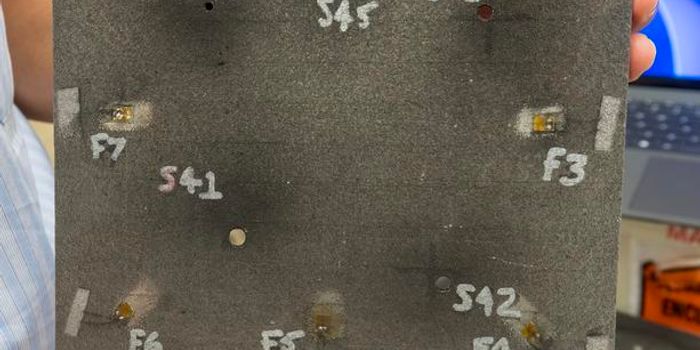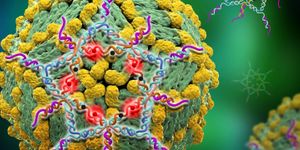New Record for Longest Female Spaceflight Set
2019 was chock-full of record-setting precedents for NASA, especially in terms of women’s accomplishments. Perhaps the most substantial of those was the first all-female spacewalk that transpired before the holiday season. But just this weekend, NASA also eagerly announced that International Space Station-staying astronaut Christina Koch had set a new record for the longest spaceflight ever conducted by a female.
Image Credit: NASA
The year isn’t completely over yet, but with 2020 lingering just over the horizon, the American space agency’s newest accomplishment is a distinguished signal of all the great space science-centric things we can expect to witness in the foreseeable future.
The title’s previous record holder was former Station Commander Peggy Whitson, who spent 288 consecutive days in space during her last mission before retiring from NASA. Koch crept past that record on Saturday, and with almost two months remaining in her mission before she returns to Earth, Koch will only continue to raise the bar for future female astronauts after her.
Related: Can ISRO build its own space station?
The single longest spaceflight ever endured by a U.S. astronaut was 340 days, a record set by former astronaut Scott Kelly who participated in the year-long space experiment with his twin brother so that NASA could learn more about the effects of long-term space exposure to the human body. While he stayed in space, his twin brother stayed on Earth, enabling scientists to discern any substantial changes or differences along the way.
When the clock for Koch’s mission times out, she won’t be too far behind Kelly. Her mission is expected to last 328 days in total, and it’s always possible for that projection to change depending on various circumstances.
Most astronauts only spend about six months (or ~180 days) in space, as the microgravitational environment isn’t particularly kind to the human body. The lack of a gravitational pull means that many of our muscles don’t need to work as hard, and muscle regeneration of perhaps one of the most challenging things an astronaut endures after returning to Earth.
Space radiation is another concern. While the International Space Station is heavily shielded to protect those onboard from space radiation, that shielding isn’t as robust as the Earth’s dense and rich atmosphere. That said, astronauts are exposed to substantially more space radiation than humans residing on Earth’s surface, and the science of understanding space radiation’s effects on the human body is still juvenile at best.
Related: Boeing's attempt to 'wow' NASA in first demo launch didn't go so well...
When Koch returns to Earth, it will be interesting to see what other record-shattering precedents NASA has in mind for women going forward. After all, it was a long time coming.
Source: NASA









